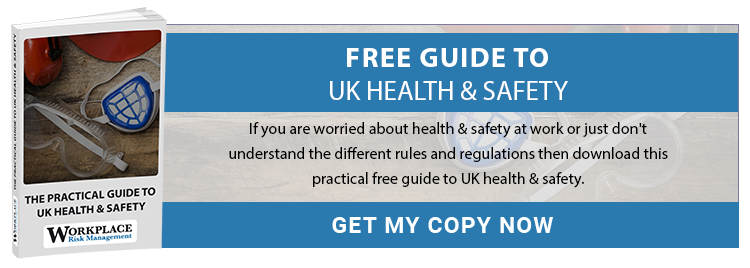
The Health & Safety At Work Act (1974) is the main piece of UK legislation that places the onus on employers to maintain a duty of care towards the safety of their workforce. It also gives employees responsibility for doing their share to ensure the safety and wellbeing of everybody who enters a workplace.
It is as important to retail and office based employees as to every other industry – and it was specifically designed to apply to all businesses.
Brief History Of Safety Consciousness In The Workplace
After the Industrial Revolution began in 1760, workers began to move to cities in ever increasing numbers because the mills and factories offered steady employment. The owners of these industries were primarily focused on profits and growing their businesses, and had scant regard for the human cost of their often dangerous workplaces. It took over 200 years of pressing for social reforms as well as safety measures to achieve some degree of public concern for the safety of workers. Various Acts of Parliament were passed down through the years but none took a holistic view of worker health and safety.
That is until 1974 when the Health and Safety at Work Act was passed into legislation. It really was a pretty revolutionary piece of legislation at that time and it forms the core of today’s health and safety legislation, not just in the UK, but around the world. That is because it covered all industries and workers. It puts the onus both on the employer and on employees to ensure the health and safety of workers, customers, visitors and anybody who might be involved with a workplace.
The Act Was A Success
The Act and its subsequent regulations made a real and positive impact that has rightly been described as dramatic. In less than 40 years after its introduction, the number of workplace fatalities dropped by almost three quarters, from hundreds every year to tens. There was a similar improvement in workplace injuries.
Some Of The Main Provisions
An Act of Parliament is called primary legislation which then enables the relevant minister to introduce Statutory Instruments (SIs) called Regulations. These are some of the most significant regulations and side-effects:
Health and Safety Executive (HSE) – The act led to the setting up of what the Government website describes as “the national independent watchdog for work-related health, safety and illness. It acts in the public interest to reduce work-related death and serious injury across Great Britain’s workplaces.”
The Health and Safety (Display Screen Equipment) Regulations was a response to the effects that long term use of computer screens and keyboards can have on employee health. It recognised the importance of good posture and seating, adequate breaks, as well as mandating sufficient employee training and regular eye tests.
The Management of Health and Safety at Work Regulations – were enacted in 1993 and were known as the “Management Regs”. They introduced the concept of risk assessment by employers as well as stipulating that H&S in the workplace should be supervised by competent persons, publishing a H&S policy for the company and giving workers related information and training.
The Workplace (Health, Safety and Welfare) Regulations dealt with the work environment and mandated safe walking areas with no hazards that might cause falling down, good ventilation and lighting, adequate space to work in and decent staff including toilets and facilities for washing as well as areas for breaks and eating.
Is Your Business Compliant?
These are just some of the takeaways from the Act and there are other noteworthy regulations and guidelines too. Compliance with Health & Safety is critically important for all businesses, not only to be seen to be looking out for the interests of employees but also to avoid potential breaches and the extremely sever financial penalties that can reach up to £10 million.
Download our free eBook ‘A Practical Guide To UK Health and Safety‘ today and take the first steps to understanding what is required.


